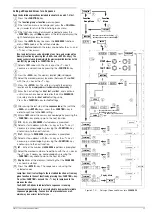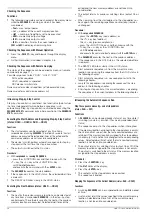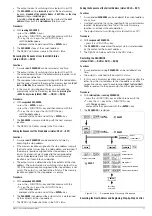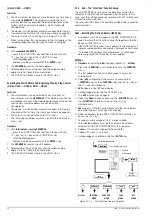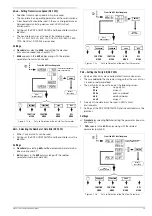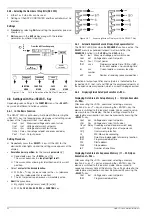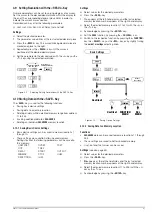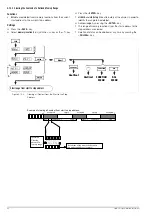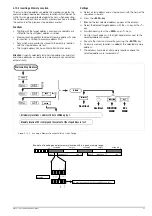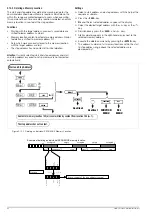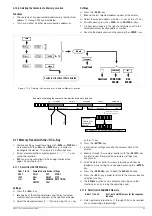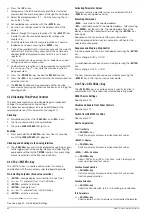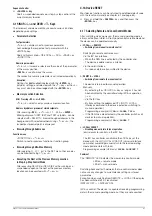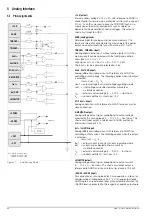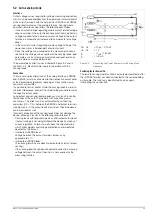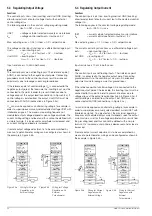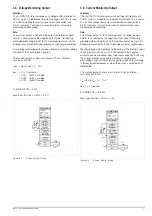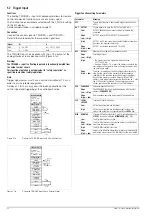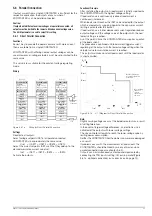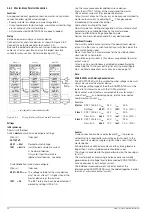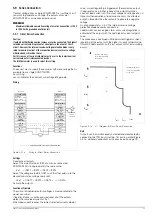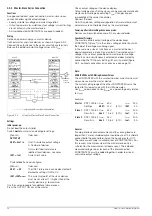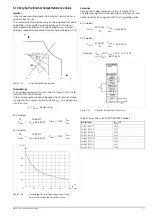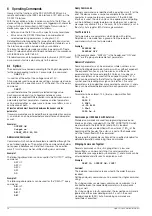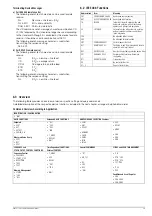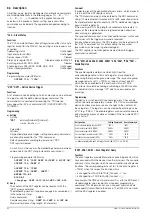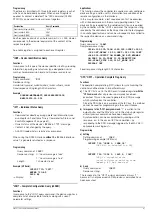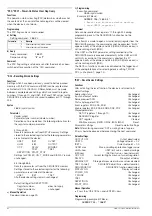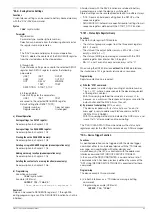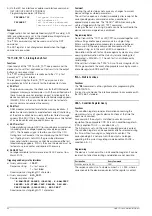
GMC-I Gossen-Metrawatt GmbH
49
5.2 Auto-sensing mode
Functions
Output voltage values required for voltage measuring and control
circuits can be acquired directly at the power consumer instead of
at the output terminals with the help of the +SENSE and –SENSE
sensing lead terminals at the analog interface. Sensing mode
operation (remote sensing) offers the following advantages:
– In the constant voltage regulating mode, current related voltage
drops occurring in the output leads have practically no effect on
voltage supplied to the power consumer. Voltage at the output
terminals is automatically increased to compensate for voltage
drops.
– In the constant current regulating mode, voltage limiting at the
power consumer is independent of output current.
– Since the voltage value provided by the measuring function is
relative to the voltage value acquired at the sensing leads, load
parameters such as power consumption and load resistance
can be more accurately determined.
The parameters and limit values included in Figure 5.2 and in
chapter 1.5.3, Electrical Data, apply for operation with the
sensing leads.
Connection
The two sensing lead terminals at the analog interface (+SENSE
and –SENSE) must be connected to their respective output poles
at the desired point (generally speaking as close to the power
consumer as possible).
It is advisable to twist and/or shield the sensing leads in order to
minimize interference (connect the shield to the ground terminal of
the negative output pole).
Long output and sensing lead impedances may result in control
fluctuations at the output, especially with capacitive power
consumers. This effect can be counteracted by connecting
capacitors (CS+, CS–) between the SENSE and output terminals
(see Figure 5.2). If the output leads are twisted, their impedance
can be reduced as well.
Incorrect connection of the sensing leads does not damage the
device, although it results in the following reversible events:
– Sensing leads with reversed polarity or interrupted output lead:
If output voltage is not being limited at the device by means of
current regulation, it climbs to well above the selected value
which finally triggers overvoltage protection and immediately
deactivates the output.
– InterSENSE lead:
Voltage between the output terminals increases by
approximately 7%.
– Interrupted –SENSE lead:
The sensing terminals are deactivated (automatic return to local
sensing).
If the sensing leads have been connected incorrectly, increasing
voltage between the output terminals is not acquired by the
measuring function.
Figure 5.2
Connecting the Power Consumer for Sensing Mode
Operation
Switching the Instrument On
The remote sensing mode function is activated automatically after
the –SENSE terminal has been connected to the corresponding
output pole. The function is deactivated by once again
interrupting this connection.
C
S+
, C
S–
=
10
μ
F ... 220
μ
F
U
S+
, U
S–
≤
1 V
I
S+
∼
U
outS
/ 160 k
Ω
I
S–
∼
0.3 mA
Содержание 62 N Series
Страница 2: ...2 GMC IGossen MetrawattGmbH ...
Страница 81: ...GMC I Gossen Metrawatt GmbH 81 PCB G ...
Страница 82: ...82 GMC I Gossen Metrawatt GmbH PCB A Uout max Uout 0 Iout max Iout 0 ...

